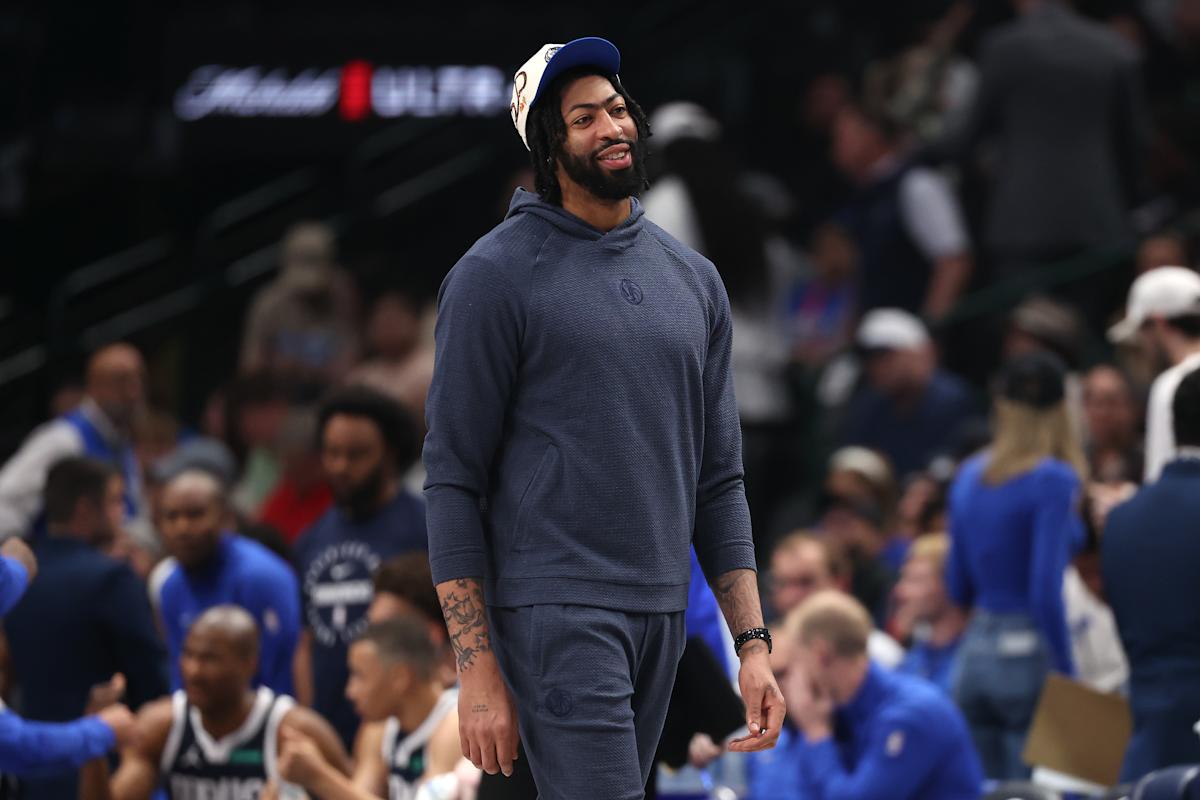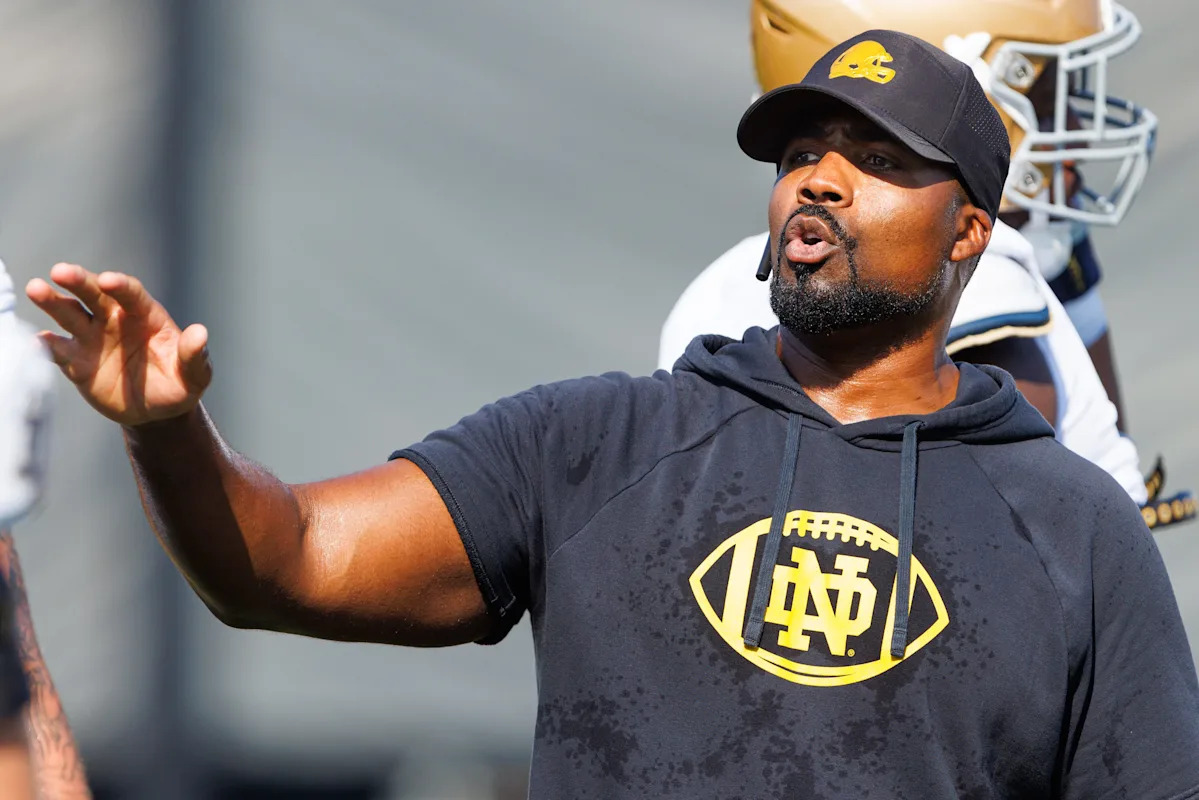Every boxing fan recognizes the electric tension in the final seconds of a round—one fighter pressing the attack, the other hanging on, trying to survive.
That same drama plays out in the betting markets, where each punch, slip, or counterpunch can tip the odds between a knockout and a decision.
For bettors, understanding how knockout power and endurance shape the odds isn’t just trivia; it’s part of building an effective strategy.
Oddsmakers don’t predict outcomes based on instinct. They build markets based on fighter tendencies, matchup dynamics, and public sentiment. Reading those markets, especially the ones tied to fight finishes, helps bettors see the sport in sharper focus, a game of stamina, timing, and probability.
The Tug-of-War Between Power and Durability
Boxing is a contest of wills, but in the betting world, it’s also a contest of probabilities. Every set of odds tells a story about how bookmakers balance one fighter’s destructive potential against another’s ability to withstand it.
Records only tell part of the story. A fighter with a dozen knockouts may have faced weak opposition, while another with fewer stoppages might have gone the distance against elite competition. Oddsmakers dig deeper, into punch accuracy, defensive stats, and even how a fighter reacts under pressure.
Power punchers tend to shorten the odds for early finishes. Heavyweights especially skew these markets, since one clean shot can end a fight. Conversely, durable technicians or slick counterpunchers often lengthen those odds, shifting value toward fights that go the distance.
The balance between these two extremes is what makes markets like the method of victory and total rounds so dynamic.
Decoding the “Method of Victory” Market
The method of victory market lets bettors wager not just on who wins, but how. The most common options, knockout/technical knockout, decision, or draw, are influenced by stylistic clashes. A power puncher facing a fragile opponent might see short odds on a knockout. When two defensive masters meet, decision outcomes often dominate.
The Knockout Artist vs. the Durable Opponent
Think back to Mike Tyson vs. Kevin McBride. Tyson’s reputation as a knockout machine meant that his fights early in his career often carried tiny odds for a KO or TKO. Bettors expected early destruction, and they usually got it.
Later in his career, though, things changed. Against McBride, a bigger, more durable fighter, the markets adjusted. Oddsmakers recognized Tyson’s fading explosiveness and McBride’s resilience. The KO line wasn’t as short, and the total rounds market leaned longer.
The result proved them right; Tyson retired on his stool after six rounds, a finish that reflected both diminished power and McBride’s endurance.
The Technician’s Approach
Then there’s Floyd Mayweather Jr., a name synonymous with precision and defense. Bettors knew what to expect: a masterclass, not a massacre. His fights almost always leaned toward a decision victory because his style was about control, not chaos.
When Mayweather faced Manny Pacquiao, his moneyline was heavily favored, but the odds for a knockout were long. The sportsbooks and bettors expected 12 rounds of patience and precision. They were right again.
Bettors who study markets like this often compare sportsbook odds across major fights to see how oddsmakers weigh power versus stamina. Tracking how styles influence probability provides a clearer picture of where value might hide.
The Round Totals Market: Predicting How Long the Fight Lasts
If the method of victory asks how a fight ends, the round totals market asks when. Bettors can take the over or under on a pre-set round number, often around the halfway point of the fight. It’s a deceptively simple market that hinges on pace, style, and conditioning.
When Fights Favor the “Under”
When two aggressive finishers square off, the “under” almost always draws attention. Take Deontay Wilder vs. Luis Ortiz II as an example. Wilder’s reputation for fight-ending power made an early finish seem almost inevitable, while Ortiz’s willingness to trade punches only added to the volatility.
Oddsmakers responded by setting a low total rounds line, favoring the under. The result followed the pattern; Wilder ended the fight with a thunderous knockout in the seventh round.
Aggressive fighters, emotional rivalries, or stylistic mismatches often push odds down. Bettors who study how each fighter starts, whether they prefer to press forward or counter and conserve energy, can often anticipate which side of the total the market will favor.
When Fights Favor the “Over”
At the opposite end are fighters who can take punishment as well as they deliver it. Muhammad Ali vs. Joe Frazier III, the “Thrilla in Manila”, remains a perfect example. Both men were known for their durability, and oddsmakers expected a long, grueling battle.
The “over” was favored, and the fight nearly went the full distance before ending in the 14th, proving how stamina can shape value just as much as power.
For boxing bettors, identifying which fighters can absorb damage and which tend to fade under pressure can make the round totals market one of the most revealing tools in the game.
What Shapes the Odds Beyond the Fight Itself
Beyond pure skill and style, a web of subtle factors constantly shifts how sportsbooks price fight finish markets.
Recent performance: A knockout streak shortens KO odds, while a string of decisions widens them,
Durability of opponents: Fighters with suspect chins skew lines toward early stoppages,
Public perception: Popular fighters often move lines through hype alone. Casual money can flood the market, shortening odds without real analytical backing,
Weight class: Knockouts are more common in higher divisions. Lightweights and featherweights tend to go the distance, reflected in longer odds for early finishes.
Staying ahead of these patterns requires awareness beyond the ring. Bettors who follow training updates, matchup announcements, and market shifts can better anticipate how the odds evolve.
For those keeping an eye on upcoming bouts and seeking expert insights, the latest boxing news and trends are a helpful resource for understanding how narratives shape the numbers.
The Bettor’s Takeaway: Reading Between the Lines
Every fight tells two stories, the one unfolding under the lights and the one hidden in the lines. Understanding why a sportsbook sets certain finish odds isn’t about predicting the future. It’s about interpreting probability and value.
Smart bettors read those signals. They recognize that a low knockout line doesn’t just mean a fighter is powerful; it means the market expects dominance. Likewise, long decision odds might reveal an opportunity when two resilient fighters square off.
In boxing, as in betting, patience is power. The bettors who take time to study style, stamina, and odds movement don’t just enjoy the sport; they understand it.
*Content reflects information available as of 06/10/2025; subject to change

























